
Bamboo fabric is becomingly increasing popular as a market for the products develops in the United States, but its origins still lie in Asia. It has only been in recent years that the right technology has been applied to bamboo fibers to turn them into fabric on a wide scale. The history of bamboo use in general goes back thousands of years, but fabric is a much more modern invention.
Bamboo Fabric
Bamboo fabric is indeed made from bamboo, more specifically the bamboo stem, which is ground apart into separate fibers and then washed to remove its natural sugars, bleached to remove its color and wound together again to form yarns. Sometimes other materials like wool are added in, too. The process is very similar to making paper, but the softer bamboo fibers are more ideal for clothing products.
Historical Use
Historically, the most flexible item that could be made from bamboo was paper, which was invented in China centuries ago. Bamboo, among other materials, was used in the construction of some types of this early paper. Bamboo was used for many other things besides paper during this time, including houses, weapons, needles and most products we use wood to make today.
First Patents
The first patents for bamboo paper occurred in 1864 and 1869. These both deal with preparing bamboo fiber in a special way--again, similar to making paper--that made it flexible enough to use for cords, cloth and mats. Neither of these patents lead to a large bamboo cloth business, probably because demand in locations where bamboo grew was not high and transportation costs were too expensive. In 1881 another patent was issued for mixing bamboo fiber with wool to create a different type of fiber, the forerunner of modern bamboo yarn.
Mainstream Production
The first modern bamboo cloth-making process is credited to the Beijing University, but it is possible several manufactures also discovered the method near the same time, in the early 2000s. This process, using modern solvents to remove bamboo glues and modern bleaching chemicals to dye it white, was able to create commercially available bamboo fabrics and successfully market them in America.
Industry Growth
From 2004 to 2010, the market for bamboo cloth expanded rapidly, some say by as much as 5,000 percent. This is due to many reasons, including the new affordability and availability of the fabric, its use in more products and the new technology that creates the fabric to be as soft and pliable as cashmere and similar materials.
Related Articles
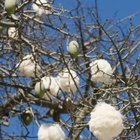
List of Plants Used for Clothing

The History of Flame-Retardant Clothing

Advantages and Disadvantages of ...
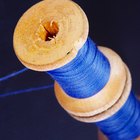
What Is a Synthetic Polyester Fabric?

What Is the Difference Between Acrylic ...

Definition of Polyester Staple Fiber

Information About Cotton Fabric

Types of Paper That Cannot Be Recycled

Why Cotton Is Used in Clothing

Spandex vs. Polyester

Different Types of Flannel Fabrics
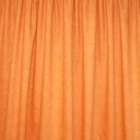
The History of Polyester Fabric
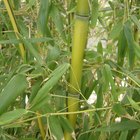
What Is the Durability of Bamboo Fabric?

Toilet Paper vs. Bath Tissue
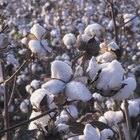
How Is Cotton Made?

How Much of the World's Clothing Is ...

Properties of Cotton Fabric
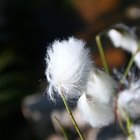
Define Cotton Silk Fabric
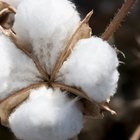
Algodon Cotton vs Egyptian Cotton

How Is Cotton Made Into Fabric?
References
Writer Bio
Tyler Lacoma has worked as a writer and editor for several years after graduating from George Fox University with a degree in business management and writing/literature. He works on business and technology topics for clients such as Obsessable, EBSCO, Drop.io, The TAC Group, Anaxos, Dynamic Page Solutions and others, specializing in ecology, marketing and modern trends.
Photo Credits
bamboo image by Horticulture from Fotolia.com